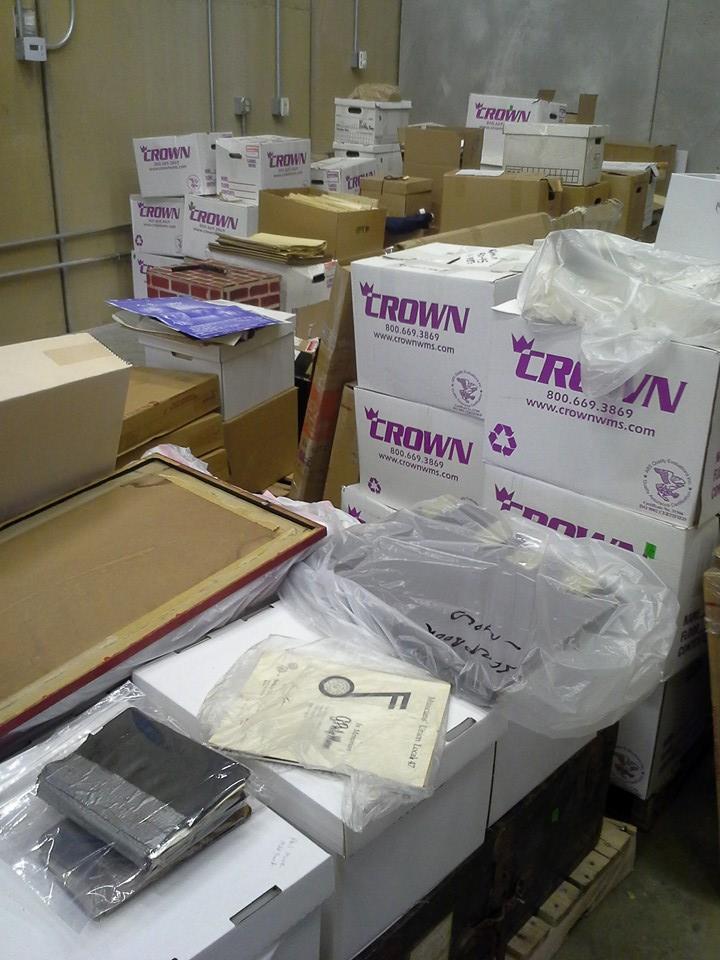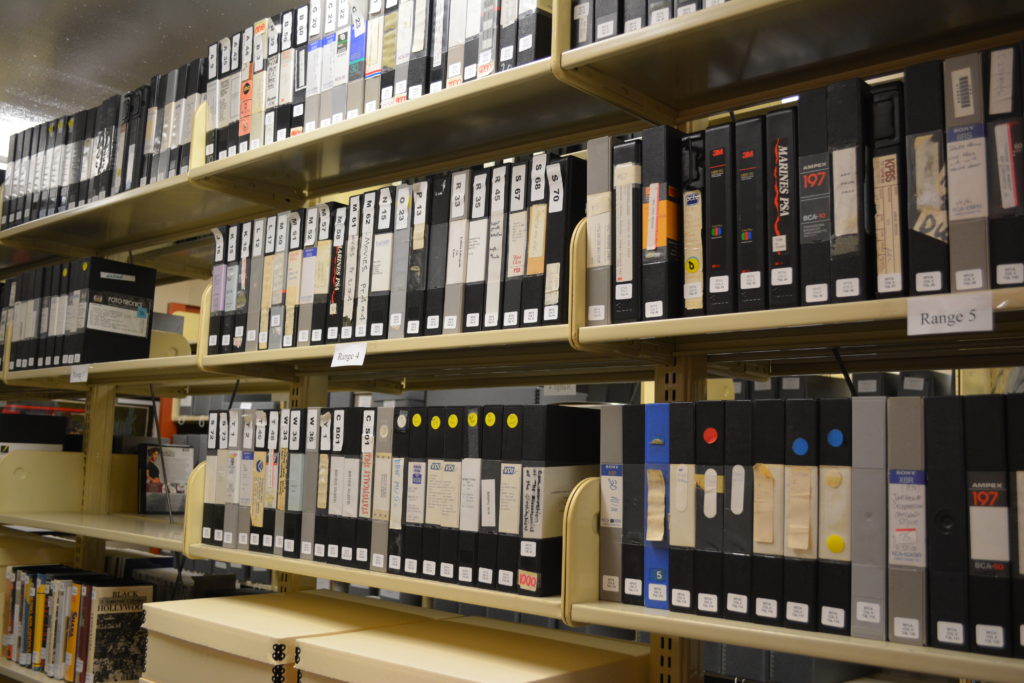Working at Indiana University’s Black Film Center/Archive (BFC/A) has been an exciting and interesting experience for me. Although I definitely enjoy film, including work by directors who fall outside the Hollywood mainstream (Dario Argento, Akira Kurosawa, and Jan Švankmajer, to name a few), I wouldn’t consider myself to be a film buff let alone a film archivist. When I accepted a position as a BFC/A archivist, I did so with mixed feelings of elation and trepidation.
A few things made my transition from audio discs and magnetic tape to the world of polyester and acetate film prints a bit easier. First, I had the good fortunate of working under a highly respected senior archivist and associate director whose resume included serving on the Association for Moving Image Archivists Board of Directors, co-founding the Center for Home Movies, and landing not one but two NEH grants. I could trust that the BFC/A’s films would be in good hands, even if those were unlikely to be mine as I found my bearings.
Second, one of the collections that awaited me was the Black Filmmakers Hall of Fame Archives, a massive donation that included everything from administrative records to a portable piano. Although the boxes that awaited me on the loading dock of the Auxiliary Library Facility promised to be a challenge, they also contained an unexpected surprise: approximately 500 audio recordings and 70 boxes of music manuscripts by composer, arranger, and talent coach Phil Moore. The collection also contained nearly 1000 videocassettes, which I definitely new what to do with from my past work at the Archives of African American Music and Culture and the Archives of Traditional Music. I was one happy little sound archivist/ethnomusicologist.
As I began to promote the collection, I kept encountering one particularly institutional conundrum. The parts of the collection that intrigued me the most tended to be the ones that fell the farthest from the BFC/A’s mission of promoting representations of blackness in film. How much time should I spend on the parts of Phil Moore’s career that came after his brief stint as a Hollywood composer and arranger from approximately 1937-1944? Should I write a blog-post about his 1939 recording session with Gladys Bentley at the Bronze recording studio when this had no connection to film? Do I tell about my excitement at discovering the scores for Phil Moore’s album exploring the New York soundscape–something that overlaps with my dissertation research?
In someways questions like this dovetail with the larger question of whether archivists should take a deeper academic interest in the material they work with, which may or may not affect their ability to remain impartial and not impose their own perspective on the historic record. It’s something I think about whenever I write or present about Phil Moore. Archivist me feels it’s really up to some researcher to come in and glean his story from the pieces I’ve so lovingly arranged and described. Researcher me wants to put those pieces together.
Rather than share these musing on the BFC/A’s blog, which is more of a space for examining the work of Black filmmakers, I’ve decided to share them on Sonic Snacks as a way of clearly delineating that these are the thoughts I work out after I swap my archivist’s hat for my research one or drift outside the defined perimeters for the BFC/A’s social media accounts for whatever reason.
And on that note, my readers are advised that the views, thoughts, and opinions expressed in this blog belong solely to me as the author and are not necessarily those of the BFC/A or Indiana University.

